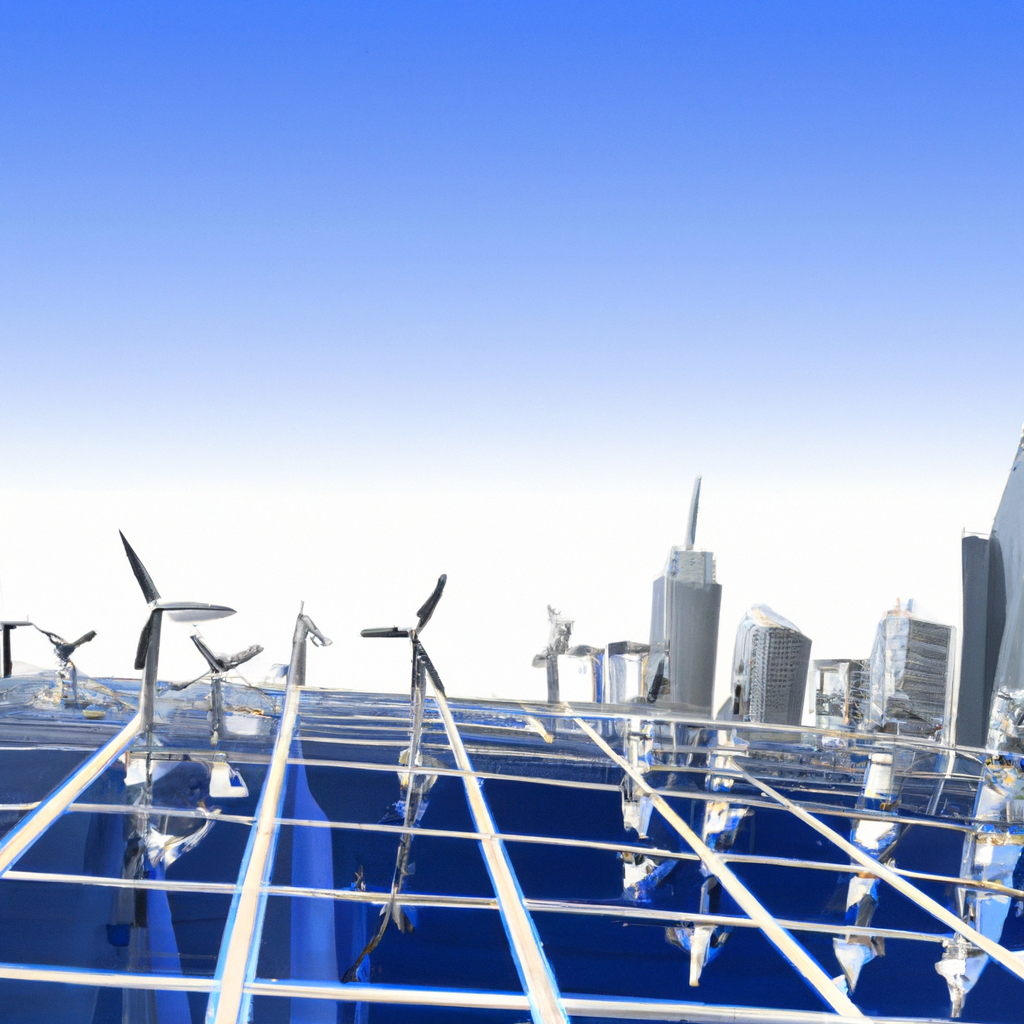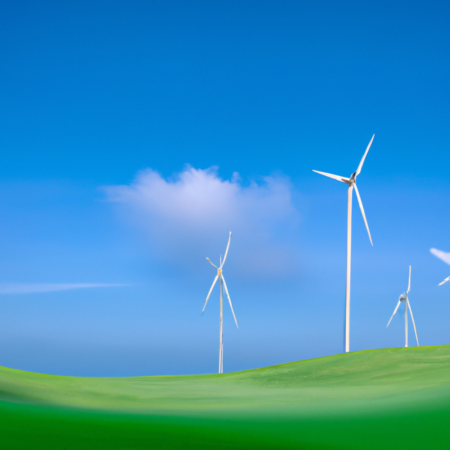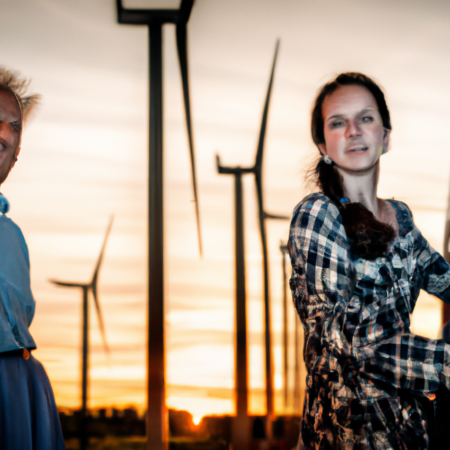Harnessing Tomorrow: The Rise of Renewable Energy in 2025
As we delve into the second quarter of 2025, the landscape of global energy is undergoing a transformative shift towards sustainability. This seismic change is propelled by heightened environmental awareness and technological advances in renewable energy sectors. This post explores the pivotal developments and their implications on both the environment and the economy.
Renewable Energy Growth in 2025
The year 2025 marks a significant milestone in renewable energy adoption. According to recent studies, renewable sources now account for 40% of the global energy mix, a notable increase from previous years. This growth is driven by several factors including governmental policy shifts, technological innovations, and changing consumer preferences towards greener alternatives.
Technological Innovations Fueling the Shift
Innovations in solar and wind energy technologies have dramatically increased efficiency and lowered costs. Enhanced battery storage solutions and smart grid technologies are solving previous challenges related to energy reliability and distribution. These advancements not only make renewable energy more accessible but also more competitive against traditional fossil fuels.
Impact on Global Economies
The shift towards renewable energy is also reshaping global economies. New industries are emerging, and with them, new job opportunities. This transition is fostering economic growth in regions investing heavily in renewables. Moreover, the reduction in dependency on imported fuels can significantly bolster national energy security.
Environmental Impacts
The environmental benefits of the shift to renewable energy are profound. Significant reductions in carbon emissions are being reported globally, contributing to the efforts in combating climate change. Furthermore, renewable energy projects tend to have a lesser environmental footprint compared to traditional energy sources.
Looking Forward
The trajectory for renewable energy looks promising. Continued investments and innovations are likely to further decrease costs and increase adoption. The challenge remains in managing the transition in a way that maximizes economic benefits while minimizing environmental impacts.
As we look to the future, the role of policy, technology, and consumer behavior will be crucial in shaping a sustainable energy landscape. The journey towards a green energy future is not only necessary but inevitable.






